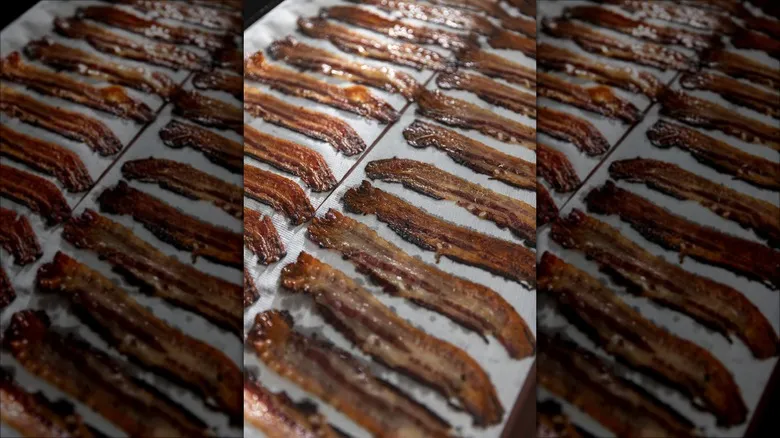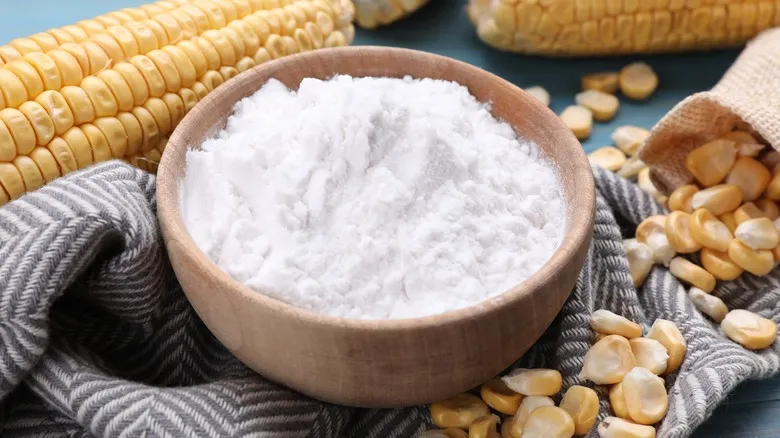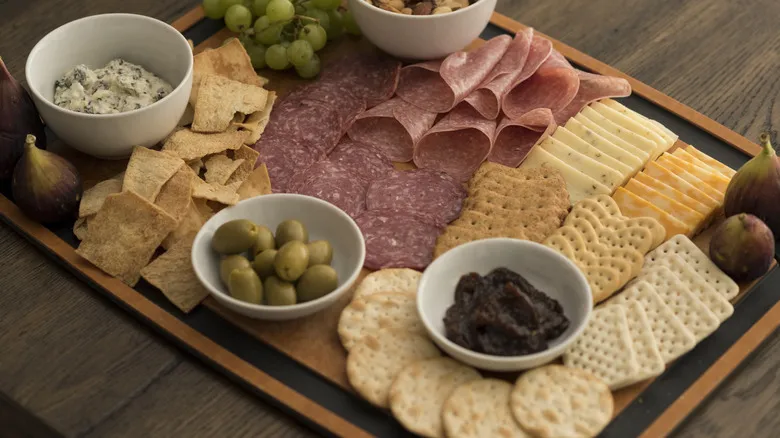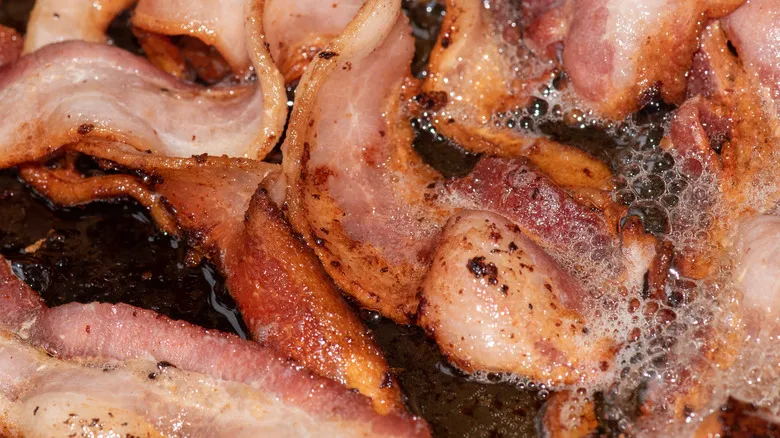Alternative bacon hacks

If you're worried about achieving an even coating on your bacon, consider trying a different method for better coverage. Grab a medium-sized bowl and fill it with flour—there's no need to add any seasonings since bacon is already packed with flavor.
Start by lining your baking pan with parchment paper. Then, take a strip of bacon and dip it into the flour, ensuring it gets thoroughly coated. Gently shake off any excess flour that may be sticking too much. Arrange the coated bacon strips on the baking sheet, cover it with plastic wrap, and place the entire setup in the fridge overnight.
When you're ready to cook the bacon the next day, preheat your oven to 400 degrees Fahrenheit and place the bacon-lined baking sheet inside. Allow the floured bacon to bake for about five to ten minutes, or until it begins to crisp up. Once you see some crispiness, use tongs to flip each strip over. Let it continue to cook for another five to ten minutes before taking it out. For an extra touch, you can pat the bacon with a paper towel after cooking to absorb any excess grease before diving in.
Experiment with different coatings

Most recipes for this dish typically call for standard white flour—the type you’d use for cookies or quick breads. However, there’s plenty of room for creativity, and the outcome will differ based on the flour you choose. For instance, using rye flour results in bacon strips that have a delightful chewiness. You’re not limited to just flour, either; cornstarch works well for this technique too. Experiment with various flours to discover your favorite.
Chilling the bacon in the fridge overnight, as suggested with the dredging method, may be a personal choice. However, doing so can yield significant benefits. Primarily, your patience will reward you with incredibly crispy bacon that retains its shape better—no more curling bacon mishaps. Instead, you’ll have bacon that lies flat and straight—at least for bacon—on your plate or in your sandwich.
Lastly, you have the freedom to use the bacon however you like once it’s cooked. While the temptation to eat it straight from the pan may be strong, waiting is certainly worthwhile. When you take a bite of a delicious strip in your next BLT made with your favorite biscuit recipe instead of regular bread, you’ll realize that good things truly come to those who wait.
Recommended

Why You Need A Fork For Perfectly Cut Cheese Slices

Alton Brown Raises The Bar On A Classic Egg Dish With A Little Bacon

Instantly Brighten Up Store-Bought Coleslaw With One Extra Ingredient

Make Mashed Potatoes Taste Like Sour Cream & Onion Chips With An Irish Twist
Next up

